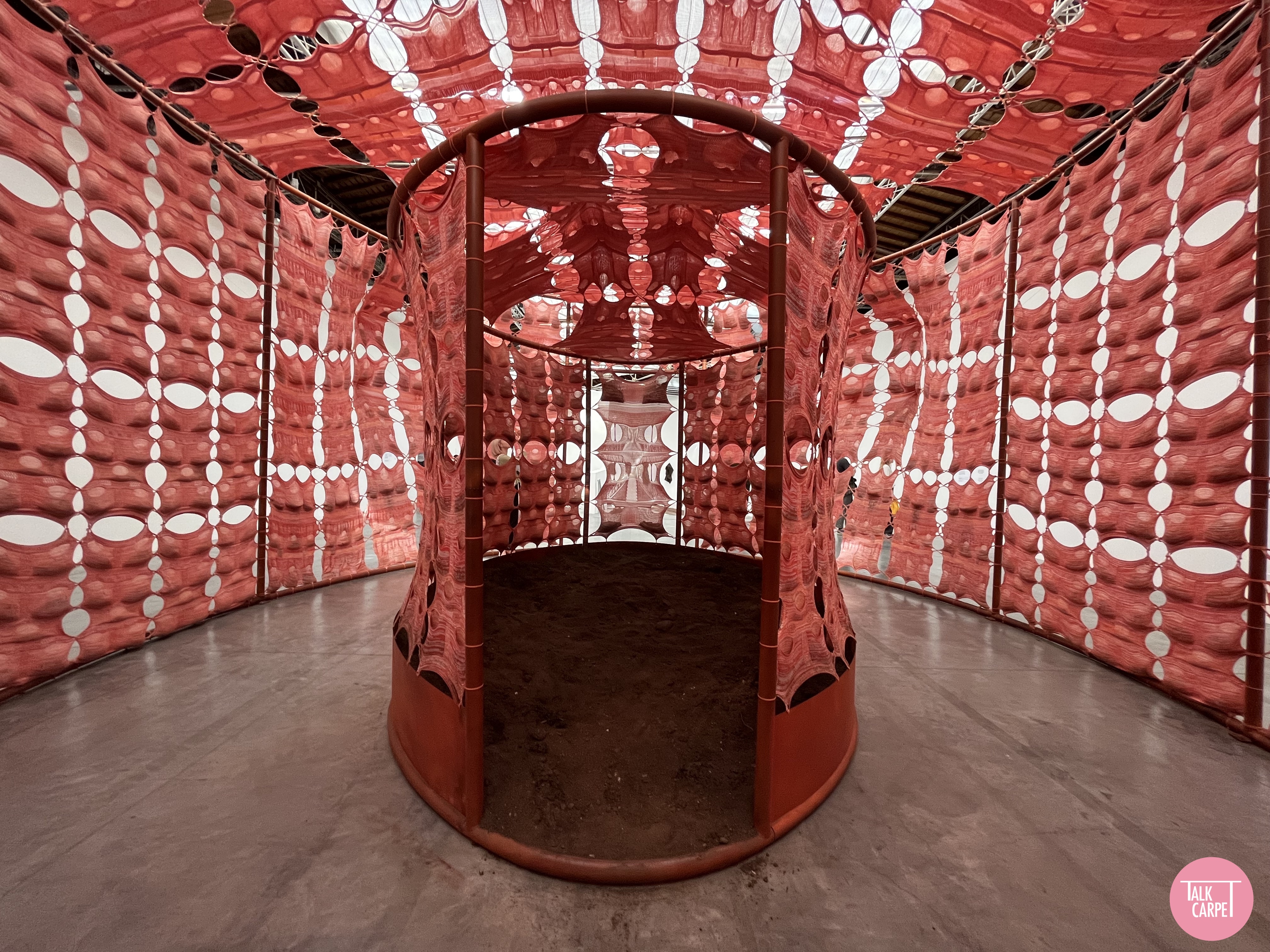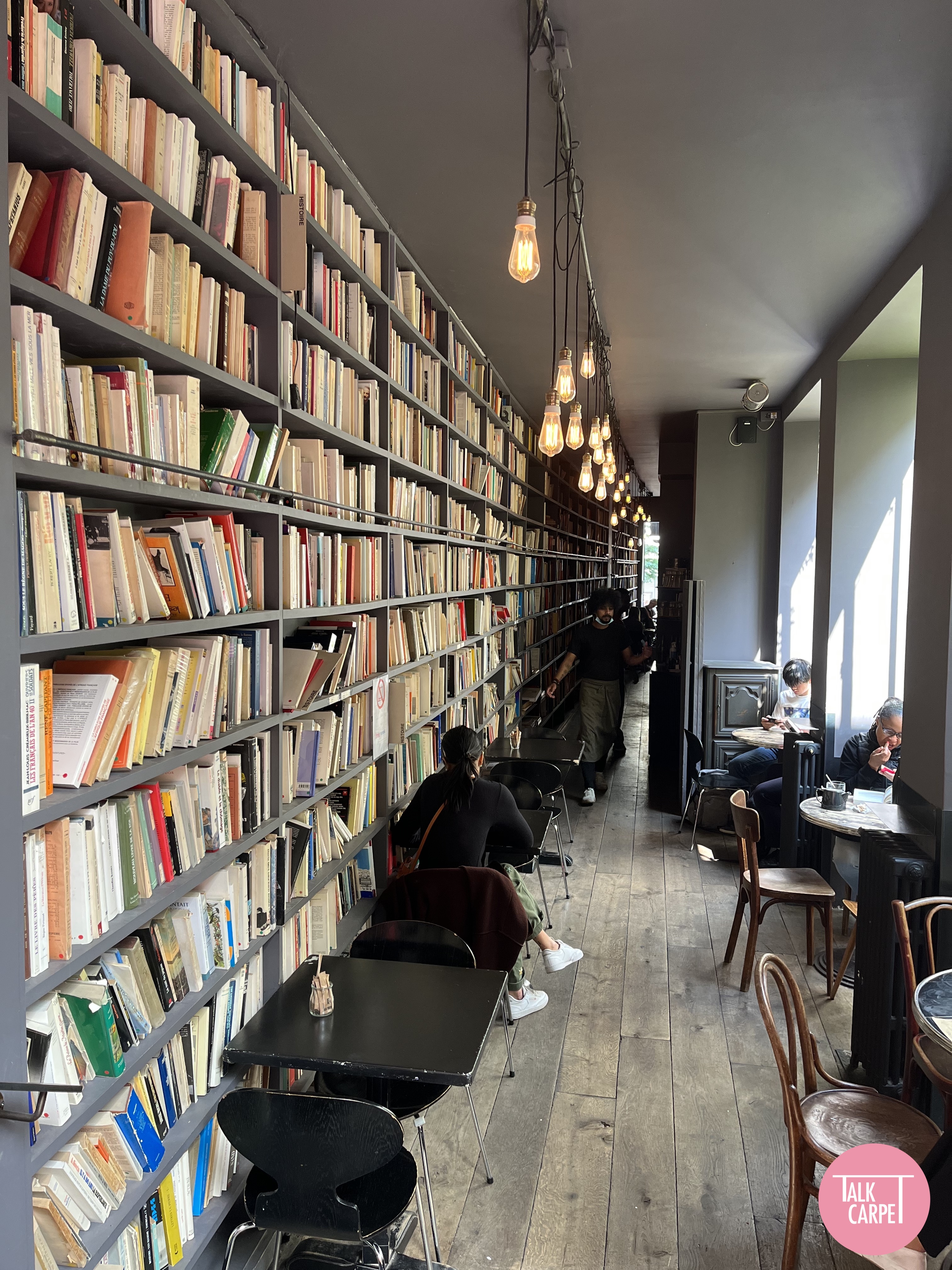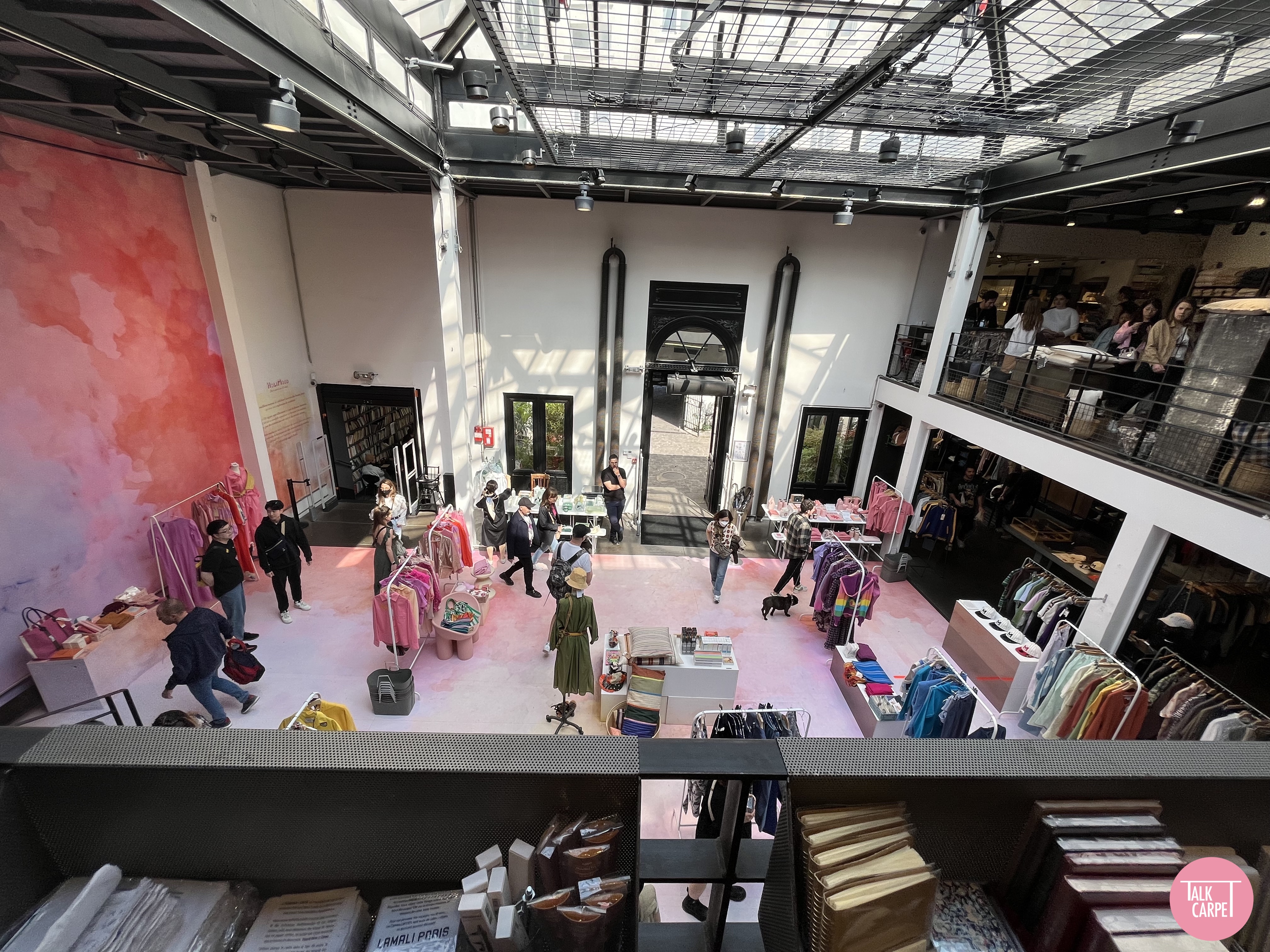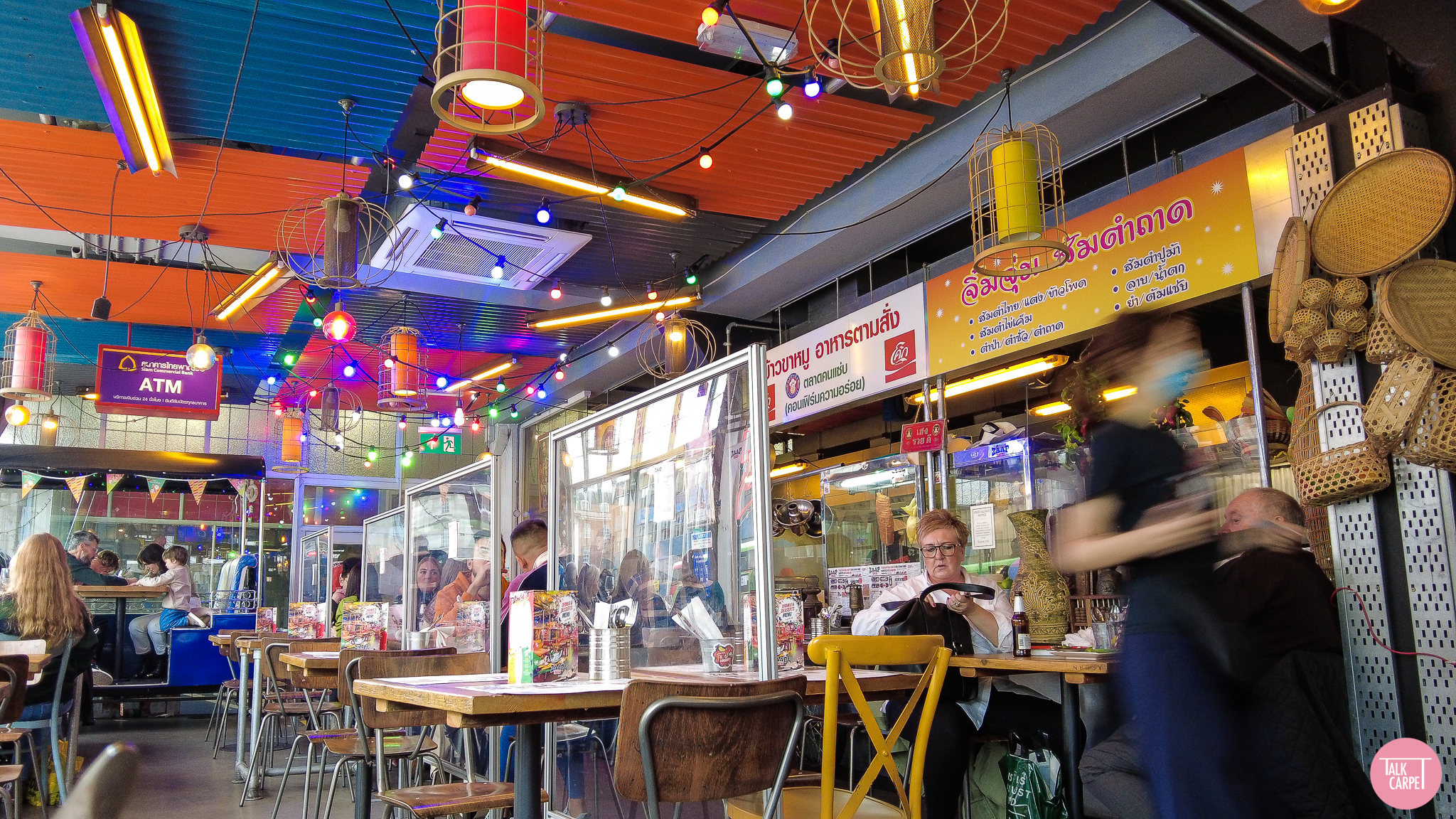WHAT IS LE PALAIS DE TOKYO ?
The Palais de Tokyo is Europe’s largest contemporary art center since 2012. After its entire renovation, the building was designed to house two museums. The Musée d’art moderne de la ville de Paris (Modern arts museum of Paris) and the Musée national d’art modern (National museum of modern arts).
The Musée d’art moderne de la Ville de Paris has occupied the east wing of the building. The west wing has undergone several changes of use related to visual arts. It is in the west wing where the contemporary site is. The Palais de Tokyo is rich in fascinating history, inviting visitors to take a journey through artistic creation.
HISTORY
The Palais de Tokyo was first built for the International Exhibition of 1937. Its purpose was to replace the cramped Musée du Luxembourg as the national museum of modern art.
With the creation of the Centre Pompidou in 1977 and the move of part of the collections to this new location, which now houses the national museum of modern art, the Palais de Tokyo was assigned other uses. Thus, it will house the national fund of contemporary art (FNAC) before its transfer to La Defense in 1991, the institute of high studies in plastic art, or the school of cinema (FEMIS) until 1995.
Since 1995, the west wing of the Palais has been unoccupied. It was not until 2002 that this part of the building was erected as a center for contemporary art. Built for the 1937 International Exhibition, the building known as the “Palais de Tokyo” takes its name from the “Tokio quay” (today’s New York Avenue).
RECLAIM THE EARTH EXHIBITION
Reclaim the earth is an exhibition of 14 artists from around the world. This collective exhibition brings together contemporary artistic creations that seek to develop new connections with the environment. The collection’s message is the following: we are not simply on earth, we are not only in front of the landscape, but we are one with this earth. A message of responsibility and commitment seeks to repair and heal the wounds caused to indigenous peoples by colonialism and the Eurocentric vision.
This season of the Palais de Tokyo, “Reclaim the Earth,” evokes the relationships between bodies and the earth, the disappearance of some species of flora and fauna, but also spirits, biological energies, agriculture, gardening, and winemaking.
The relationships between human beings and nature are of our contemporary preoccupations. They question the ideological basis of our ways of doing and of thinking.
The artists reply to these preoccupations with creations where there are no injunctions to “go back” to former, so-called virtuous models but rather to invent other types of relationships with our environments based on what we have learned from anthropology, ethology, and ecofeminism. In other words, an inversion of rights and duties in the spheres of life, a reconsideration of non-humans as subjects and no longer as objects, and, overall, a system of relationships that are in motion within ecosystems rather than power balances.
What’s very special about this exhibit when you enter the space is the room temperature, which is relatively high. The artists tried to create a greenhouse effect to sensitize climate change preoccupations. A mix of earthy smells (Amakaba xOlaniyi Studio, Nono: Soil Temple) and a threatening sound (Megan Cope, Death Song) make the atmosphere quite heavy. The purpose is to feel with all our senses the no return point we are approaching.
THE ARTISTS
Hélène Bertin and Cesar Chevalier ; Couper le vent en trois.
These artists’ work forges links between art and agriculture. A mix of different objects made of papier-mâché come together to tell a story of land labor within a greenhouse. In the second section of the exhibition, they share knowledge about viticulture with a holistic vision of wine.
Mimosa Echard; Sporal.
Sporal focuses on the artist’s research into myxomycetes, unicellular organisms she displays, and superposes on a psychedelic patchwork. She fuses natural and industrial materials found online and in her studio.
Laura Henno ; Ge Ouryao ! Pourquoi t’as peur !
This artist presents a mix of films and photographs taken in the Comoros Islands between 2016 and 2022. She follows Patron, a boy learning to be a smuggler, and a group of teenagers living on the fringes of society.




























































